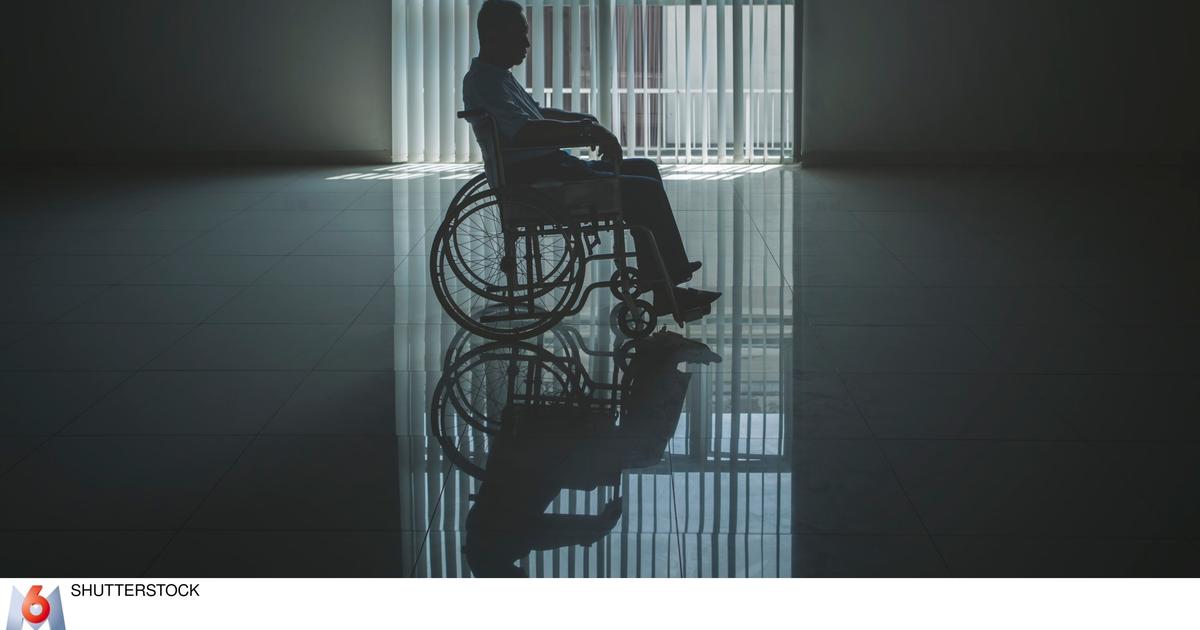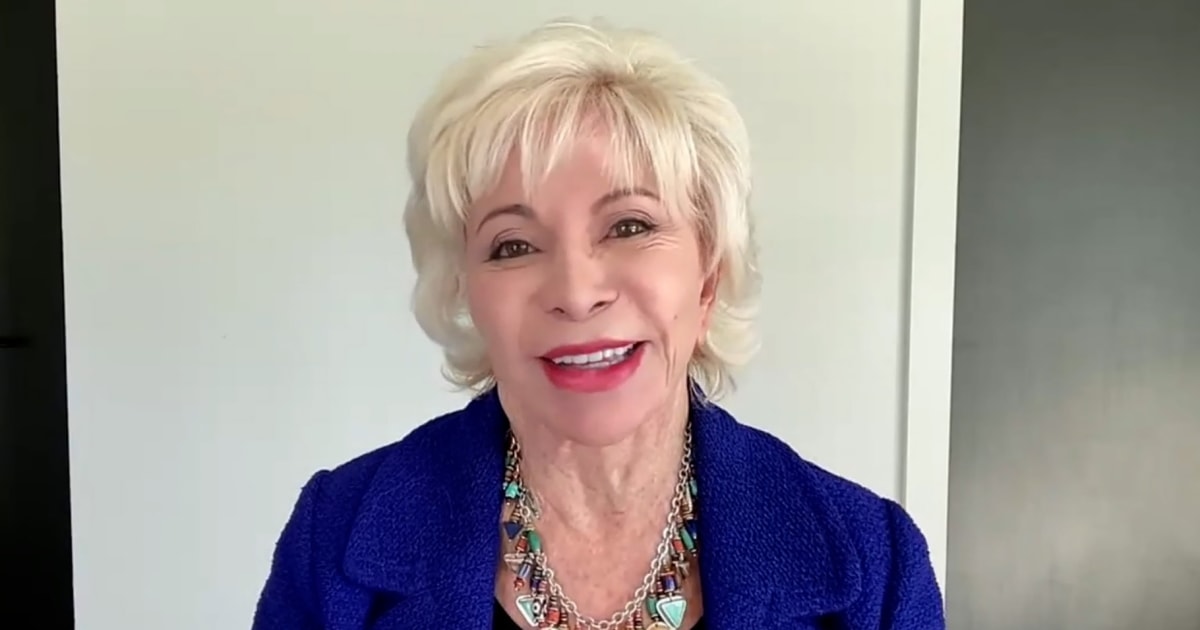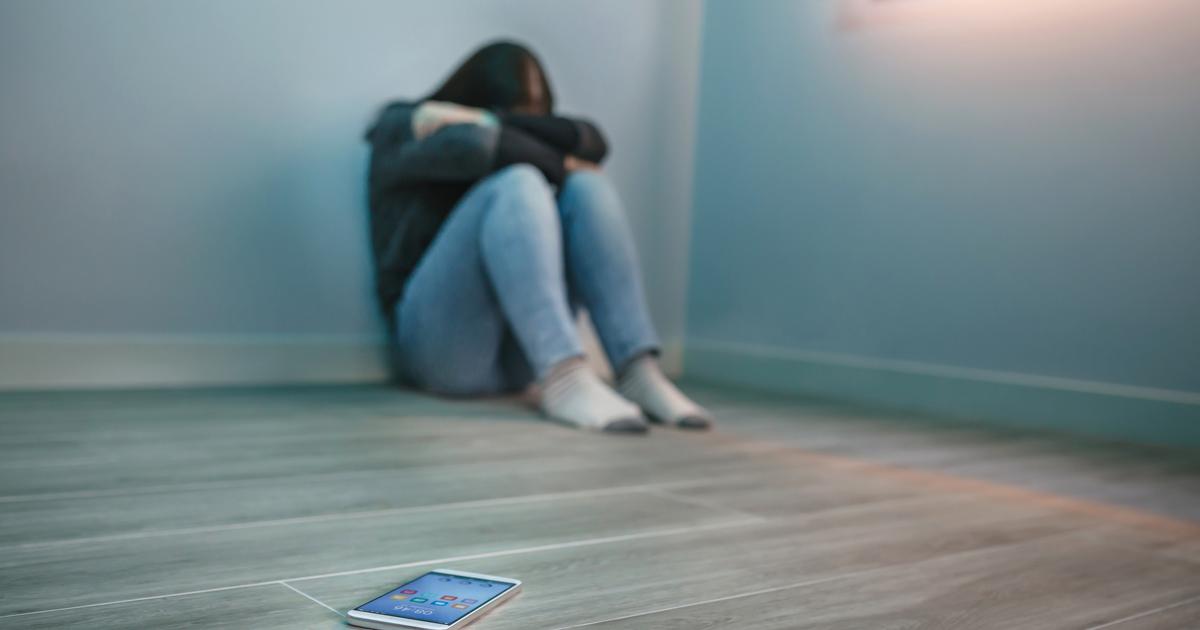Nuria Manzano, at the Faculty of Education of the UNED, this Thursday.
Nuria Manzano (Toledo, 50 years old) is preparing the new official guide on how schools should act against bullying at the request of the Ministry of Education.
In addition to academic work, Manzano, a professor at the Faculty of Education at the National Distance Education University (UNED), has been director of the National Center for Educational Innovation and Research, a position that has brought her closer to the reality of a scourge that leaves deep traces in children and adolescents.
Responds to the interview by video call from his home in Madrid.
Question.
From what point is bullying considered?
Answer.
Sometimes things are put in the bag of bullying that are not.
Bullying occurs between equals, normally there is a relationship of power over another and it is sustained over time.
And you have to differentiate between harassment, discrimination or inappropriate attitudes.
Q.
What is the situation in Spain?
R.
The data we have indicates that 17% of students say they suffer from it, six points less than the OECD average, according to the latest PISA report.
One of the problems is that we do not have an exact index of the real prevalence of bullying in Spain.
The Anar Foundation makes an annual report with the calls to report cases that it receives, but there are many that go undetected.
My perception, from the information I have seen, is that the percentage of cases is not increasing, but the severity of the cases and some emerging behaviors are worsening.
More information
Guillem, the student with a disability abandoned in a public institute
Bullying during the pandemic: from bullying in class to the tranquility of home
Q.
Like which ones?
A.
Cyberbullying has been increasing and has increased with the pandemic.
The one linked to
sexting
[the dissemination of images with sexual content of the victim] has appeared.
The consequences of suffering such victimization for a long time are being seen and there is concern about suicidal ideation [persistent thoughts of ending life].
Q.
How long do victims take to talk about what is happening to them?
R.
It takes about a year on average, two if it is cyberbullying, before they count it.
Q.
It is a long time.
Don't families notice it?
A.
Many families do not know because there are no visible symptoms.
But there are signs to watch out for, like mood and behavior changes.
They spend more time in their room, their performance declines, they show sadness, many begin to have problems with food, they lose the circle of friends, they no longer want to go out, they focus on one or two activities and they begin to isolate themselves, sometimes even from the family itself.
A student in a public school in Navarra.Carlos Gil-Roig
Q.
How should the educational center act in a case?
R.
The first thing is to verify if it is physical, verbal, sexual, social or cyberbullying. See how many people are involved, analyze the background and determine the severity. The case must be made known to the teachers, the management team and the families of those involved, and if necessary protection measures must be applied. Just as an example, because each case has to be studied, it can be decided that the victim's group does not remain unsupervised between class and class. Or that the minor has an accompaniment by the school mediators or companions of their trust so that they provide support and communicate any incident to the teachers. The most serious cases are referred to the educational inspection or to the State security forces and bodies.
Q.
Shouldn't the victim be removed from the group?
R.
Acting on the victim by removing him from the aggressor environment can imply a re-victimization, stigmatize him.
In some cases, for a few days it may have to be done while other parallel performances are being carried out.
There are no general solutions.
In the long term, you have to get the group to neutralize bullying situations, not looking the other way or tolerating them.
And the child has the right to be repaired, to regain relationships of trust with his peers.
It is a process that takes time and in which the educational center, the family and the class must participate.
P.
Affirms that we must broaden the focus of the problem.
R. We
must attend to the relationship between victims, aggressors and witnesses, and in these with the teachers.
Have a more scenic view of the educational center and what influences it from the outside, conditioning the beliefs, attitudes and behaviors of the students.
Work on healthy and healthy relationships based on a model of positive coexistence, not only in the center, but in society, including the media.
There are many kids who leave the center and continue to suffer harassment in the new one.
Q.
Who should take the initiative?
R.
The counselor [usually psychologists and pedagogues] is the figure par excellence, but must act together with the teaching staff and the management team.
And of course with the families.
The responsibility is shared.
It must be detected in classrooms and hallways, inside and outside the center's perimeter, and addressed in the cloisters and in family meetings.
More training and support to the centers is needed to be able to act preventively.
Many teachers, especially in secondary school, say: 'I am a Physics teacher'.
They know the coexistence plan, they know the documents, but it is not just about acting when it happens, but about knowing how to detect the signs.
A student in a public high school in Aragon.Carlos Gil-Roig
Q.
How do families influence?
R.
There are bullies who mimic behaviors they see at home, and families who have beliefs that generate little tolerance for diversity and difference.
But in general, parents are more and more sensitized.
Q.
Are there profiles of students who are more exposed to harassment?
R.
The groups that suffer the most are the students with affective-sexual diversity [LGTBI +], overweight, functional diversity [disability] and those of ethnic and cultural minorities.
By gender, boys are more bullied and girls suffer a little more.
Physical harassment is more exercised by them and among them, verbal and psychological harassment predominates.
There is a trend, according to data from the Anar Foundation, towards group bullying.
And groups of bullying girls are on the rise.
There are still more children, but the tendency is to balance.
Nine years without meeting
The Ministry of Education reactivated the State Observatory of School Coexistence on November 5, which was created during the Government of the socialist José Luis Rodríguez Zapatero and had not met since 2011. The body has commissioned Nuria Manzano to prepare a guide on school coexistence and action against bullying. And also the protocol of measures to be adopted by educational centers in Ceuta and Melilla (the territories over which the ministry has direct competence in school organization) to tackle the cases they detect. The documents of the ministry for the autonomous cities usually serve as a model for the communities, several of which plan to review their regulations on the matter.
In September, the ministry will launch a 70-hour online course to train teachers against bullying, as it did last year.
You can follow EL PAÍS EDUCACIÓN at
and
, or sign up here to receive
our weekly newsletter
.









